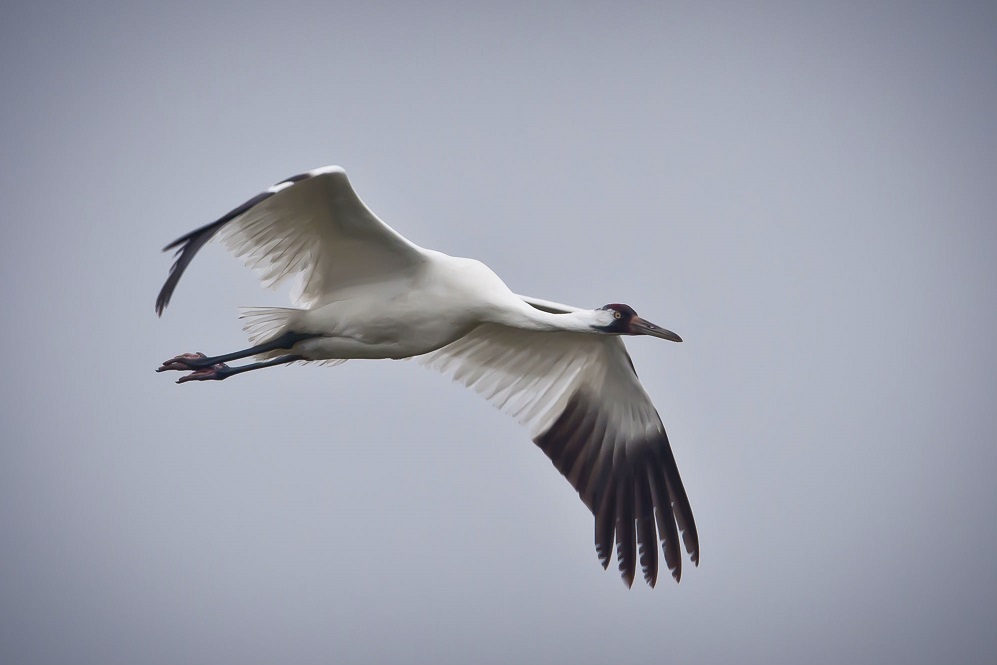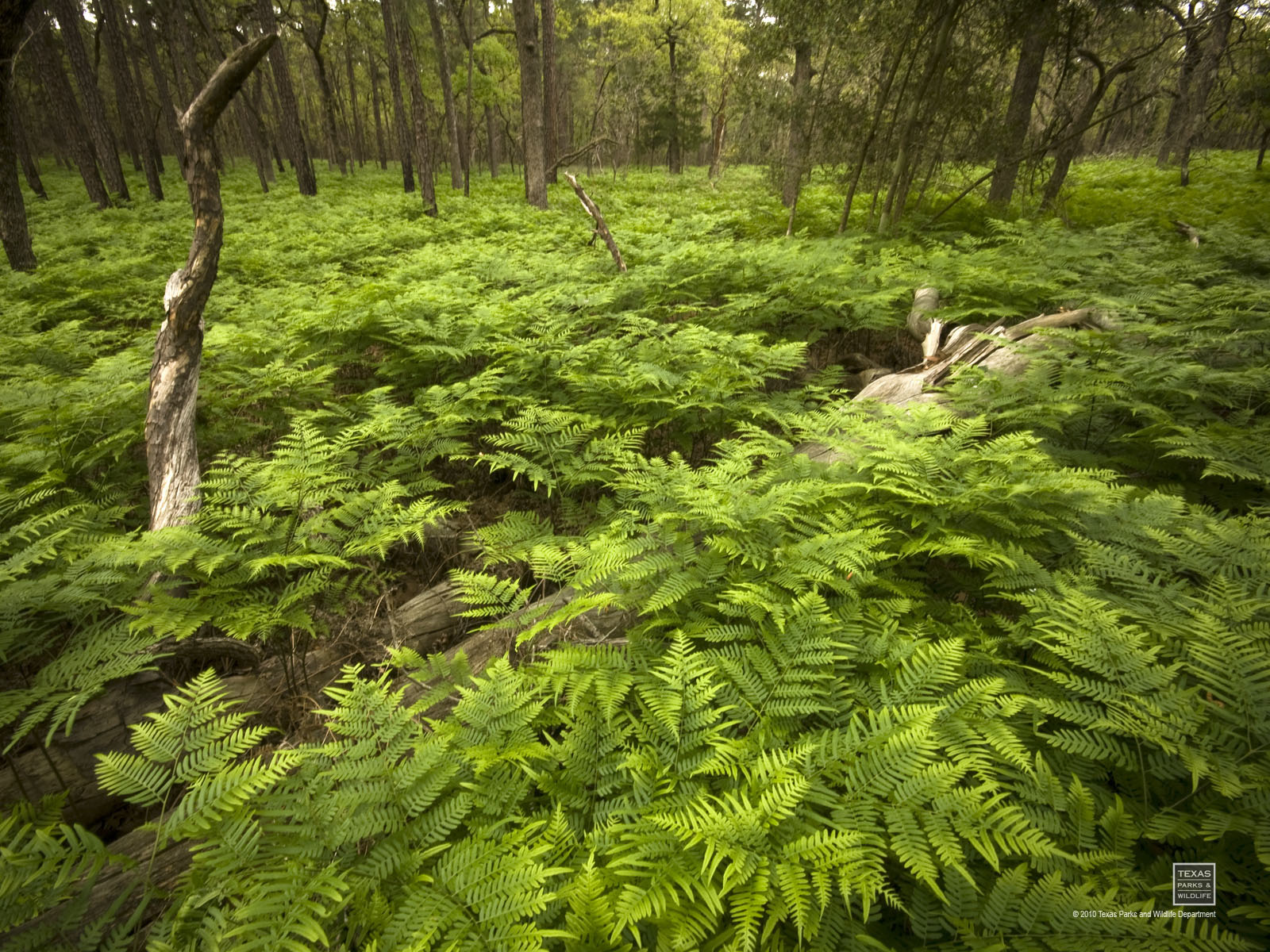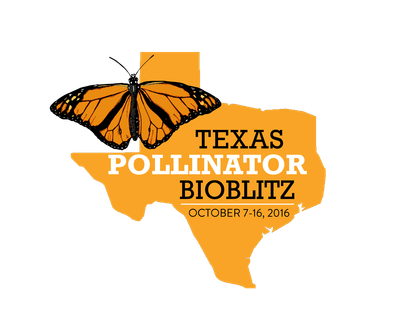Whooper Week: Become a Whooper Watcher
Friday, October 20th, 2017This is Passport to Texas’ Whooper Week
People of all ages can become citizen scientists through Texas Parks and Wildlife’s Texas Nature Trackers program.
Texas Nature Trackers is a program that gets citizens involved in helping us collect data on rare species.
Marsha May is a biologist in the program, which includes Texas Whooper Watch. When Whooper Watch started in 2011, the state was in drought; this affected wetlands at Aransas National Wildlife Refuge, where the whoopers winter.
Their main diet down there is the blue crab. But, that particular year [2011], there was not a lot of freshwater coming down to the coast, so the wetlands were really salty. So, a lot of the birds went further inland.
Two hundred miles farther inland at Granger Lake, where they ate mussels instead of their usual diet of crabs.
That’s where Texas Whooper Watch comes in. We want to get sightings of whoopers outside of their normal range at Aransas. Is this something that’s going to happen continually in the future? Are they expanding their range? These are questions we would really would like to see answered. Citizen scientists can get involved by documenting birds in the areas where they’re not normally found.
Find details on Texas Whooper Watch on the Texas Parks and Wildlife website.
The Wildlife Restoration program supports our series.
For Texas Parks and Wildlife, I’m Cecilia Nasti.







 Passport to Texas is a
Passport to Texas is a  Passport to Texas is made available by:
Passport to Texas is made available by: